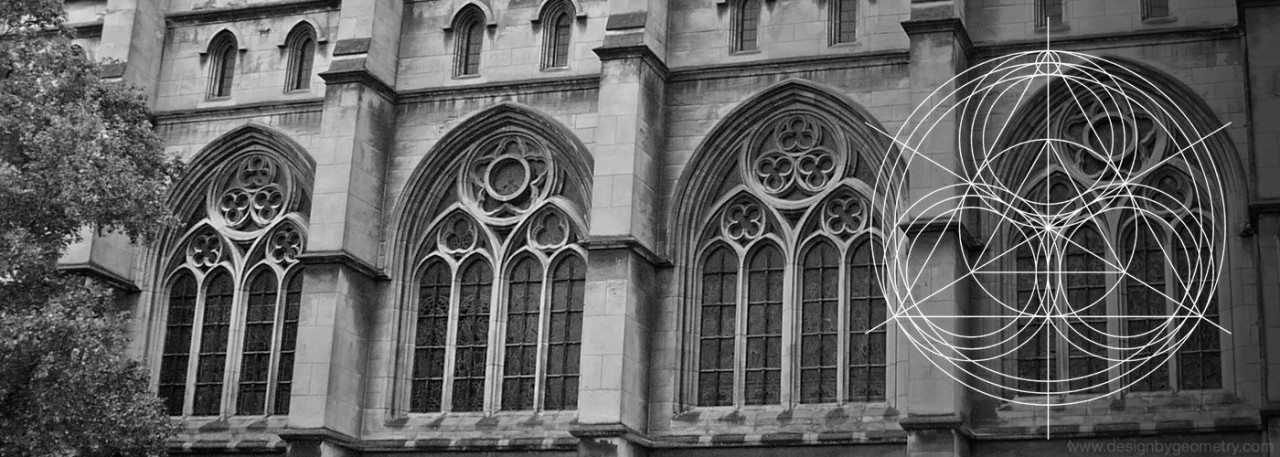Geometric Tracery

A short book review of “The Power of Form” by Robert William Billings. Published 1851 by William Blackwood and Sons, Edinburgh & London.
Geometric Tracery - The Power of Form by R.W. Billings

Years ago, I used to frequent the second hand book shops around Auckland for books on architecture and geometry. For the princely sum of $11.00 I picked up an autographed book called ‘The Power of Form Applied to Geometric Tracery’ by Robert W. Billings. The book was published in 1851. It was signed and gifted by the author to a G. Makgill Esq. in April 1856. How this book made its way to New Zealand may forever remain a mystery.
The book contains 100 examples of geometric tracery and each example is based on the same geometric foundation. I’m always fascinated at how, from such a simple geometric foundation, a number of designs can spring forth. To be honest, when I first bought this book, I wasn’t that keen on a lot of the designs presented in it, but they have all grown on me since.

This book is a wonderful resource for demonstrating how to create a seemingly infinite number of patterns from something so simple. These patterns are all related by a small number of constraints. The constraints are the encompassing circle, the cross-section of the mouldings, and three-way symmetry.
At its simplest, the geometric foundation for all 100 examples in this book, is the three circles inscribed within a larger circle.

Below, is an exercise using these three circles to create a simple example of gothic tracery. This design was recreated using iDraw and is based on a drawing that can be found in “The Handbook of Ornament” by Franz Sales Meyer.


The woodblock engravings, which at the time of printing, cost around the same as plates. This means that you can actually feel the embossed design on many of the pages thanks to the woodblock printing process.

The building below is St Paul’s Cathedral, Dunedin, New Zealand (built 1915-1919). It includes some simpler window designs that are based on the same geometric foundation.

Categories: : Architecture, Geometry
 Chris
Chris 